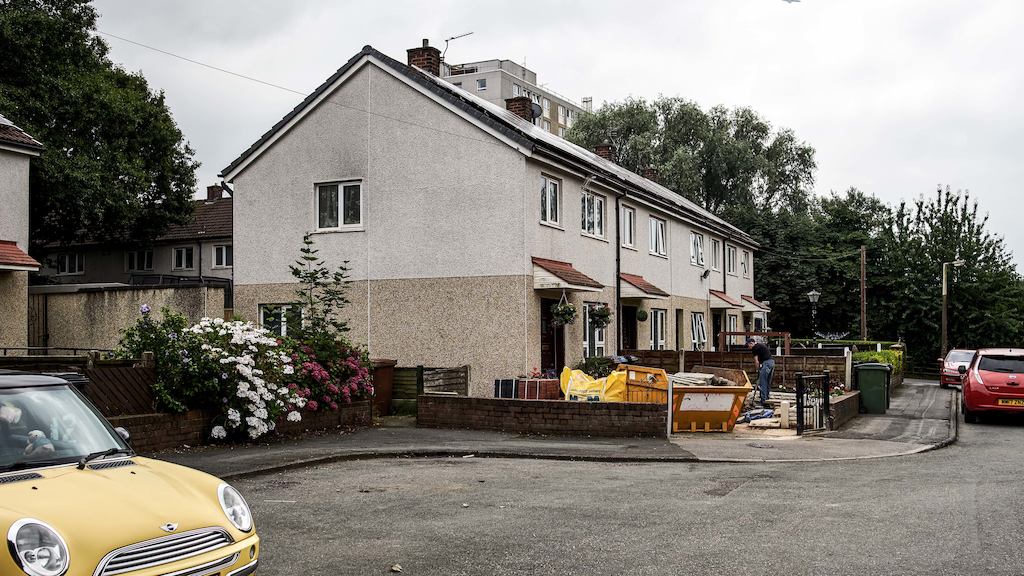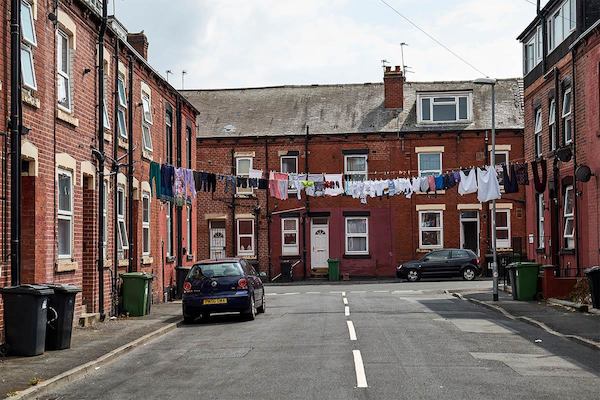The Conservative-Liberal Democrat coalition government ended almost all nationally-funded housing renewal funding for homeowners and landlords with effect from March 2011 as part of reductions to public spending.
My analysis shows that £2.3bn in grants has been cut over the last decade.
National spending on housing renewal grants was fairly consistent from 2001/02 to 2010/11, averaging at £327 million per year.
Following the coalition government’s decision, there was a significant decline and while there have been some increases since 2016/17, the average spend across the last decade is £91 million per year, a decline of 72% compared to the previous ten years.
This significant drop in funding has meant that 600,000 fewer homes have received funding for repairs and more than a million lives have been unnecessarily put at risk than if funding levels had continued as they were at the start of the century.
Had that funding not been cut, it would have been sufficient to carry out repairs on all of the non-decent owner occupied and privately rented homes in the North East and North West of England.
And so with less funding available, the number of housing renewal grants issued by local authorities has declined significantly – from a peak in 2009/10 of 127,080 grants to an average of around 30,000 for the past few years.
And the funding cuts have also meant that fewer homes with the most serious Category 1 health Hazards, that potentially put their residents’ lives at risk, have been improved.
Between 2011-12 and 2019/20, the number of homes where Category 1 risks were removed by local authority’s direct action more than halved from 30,307 a year to 13,766.
If funding had been maintained at previous levels through those years, a further 60,000 properties with Category 1 Hazards would have been renovated.


